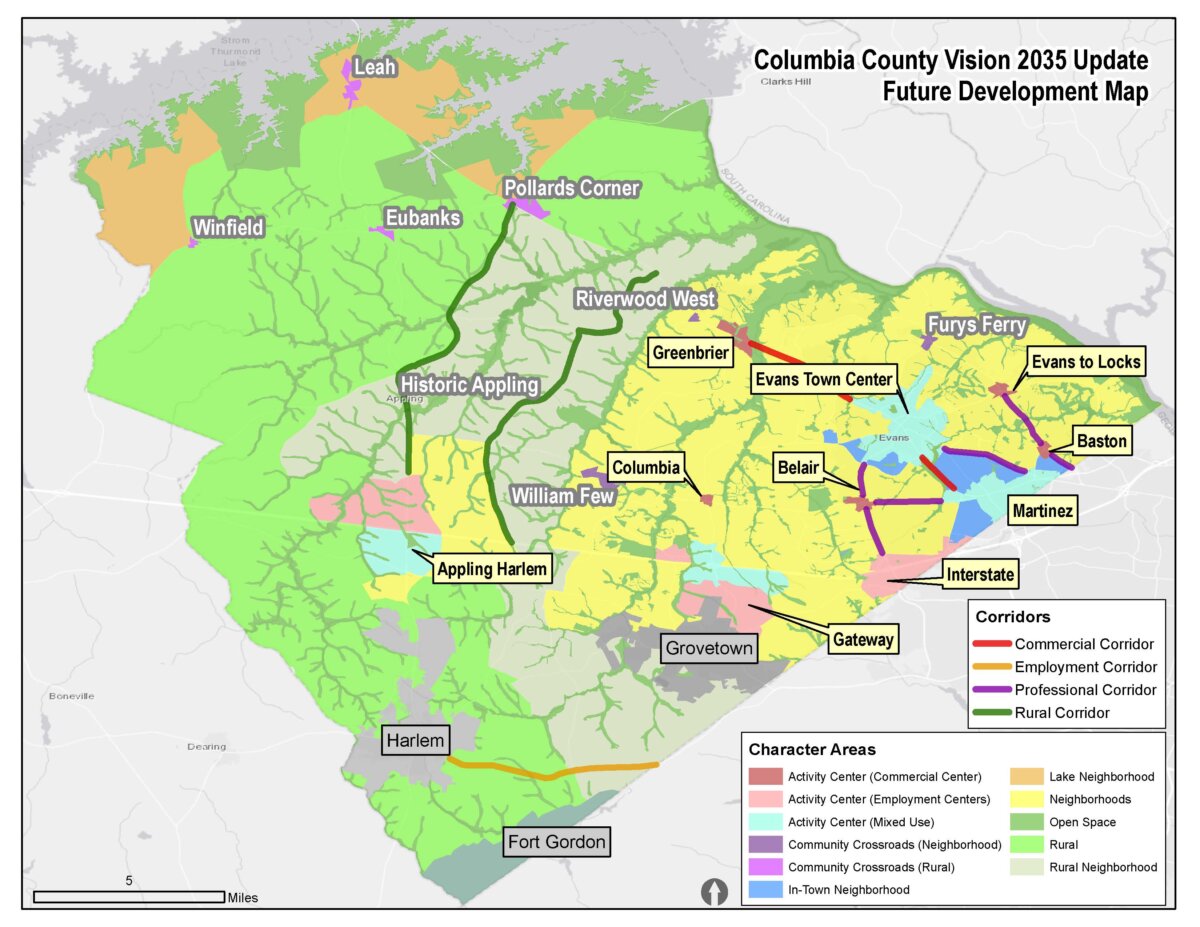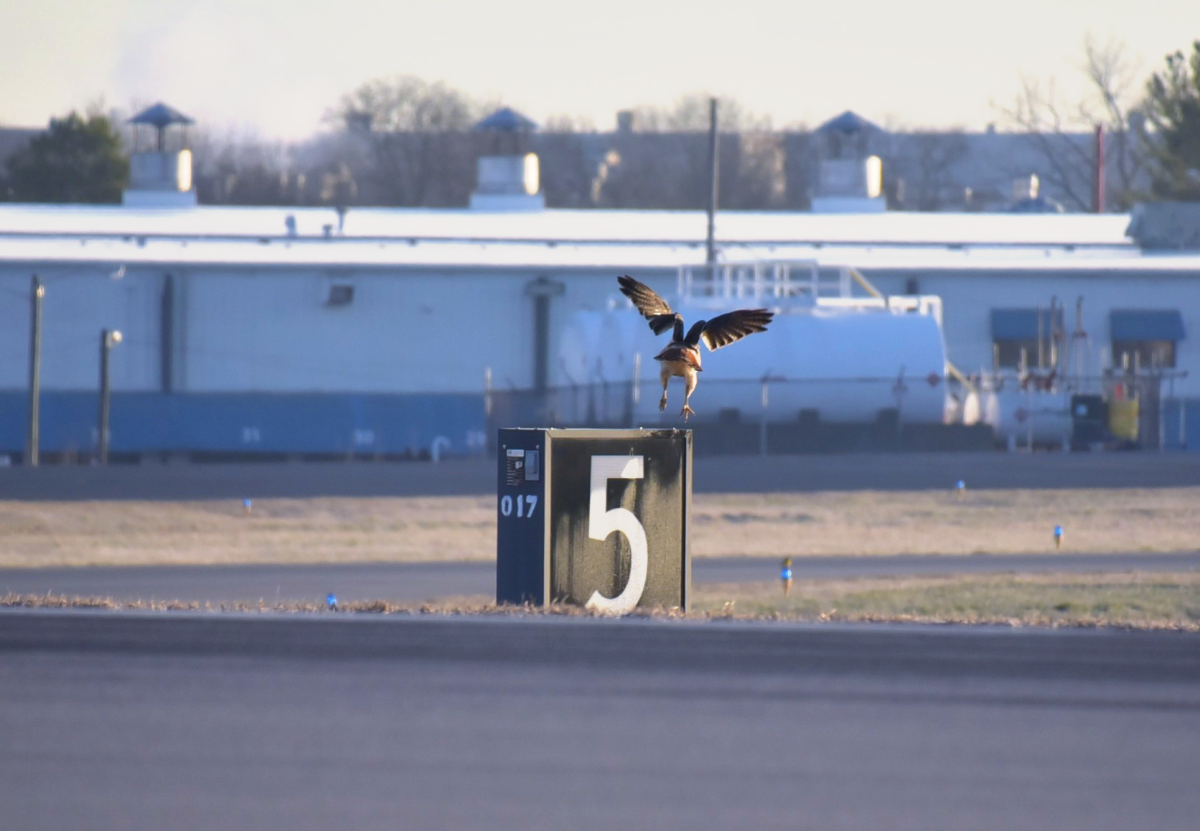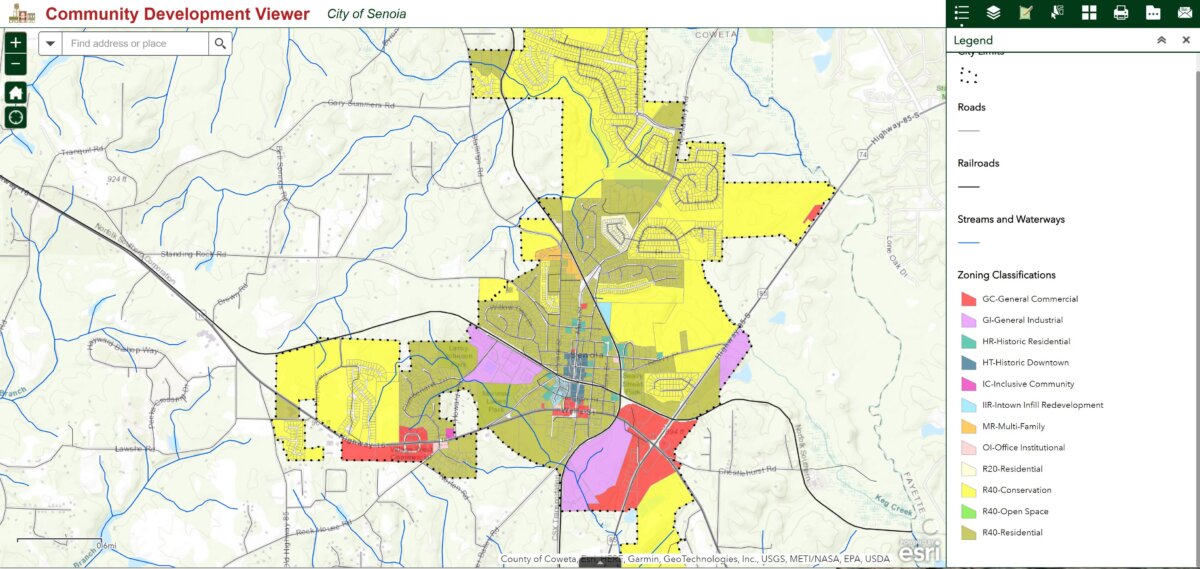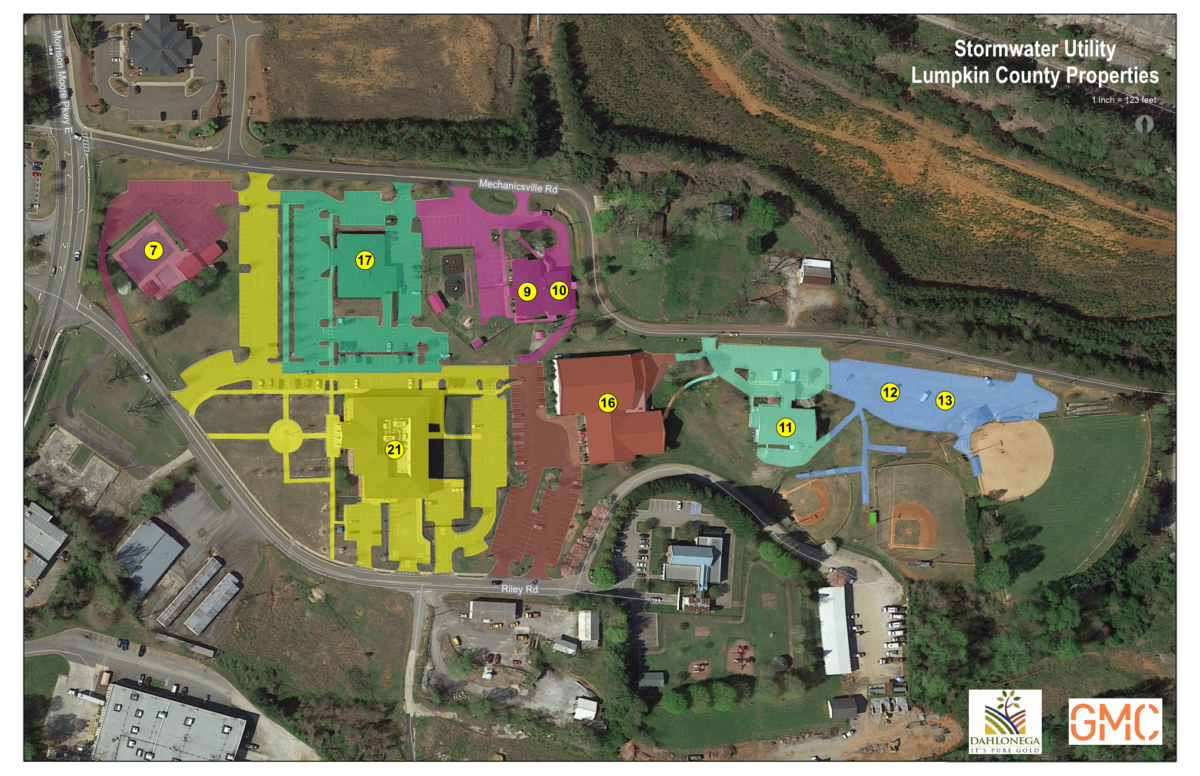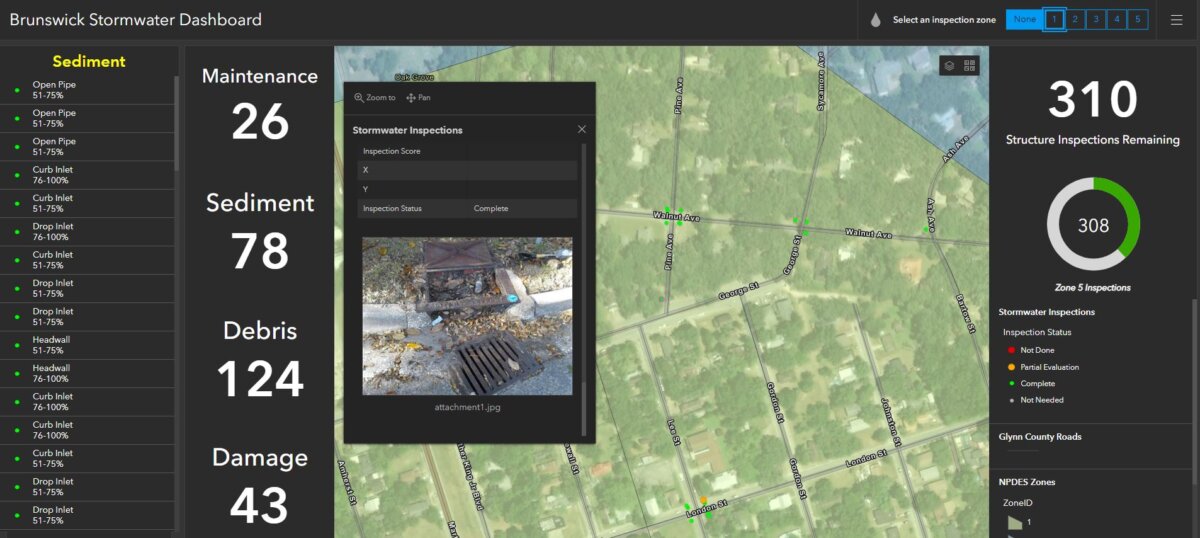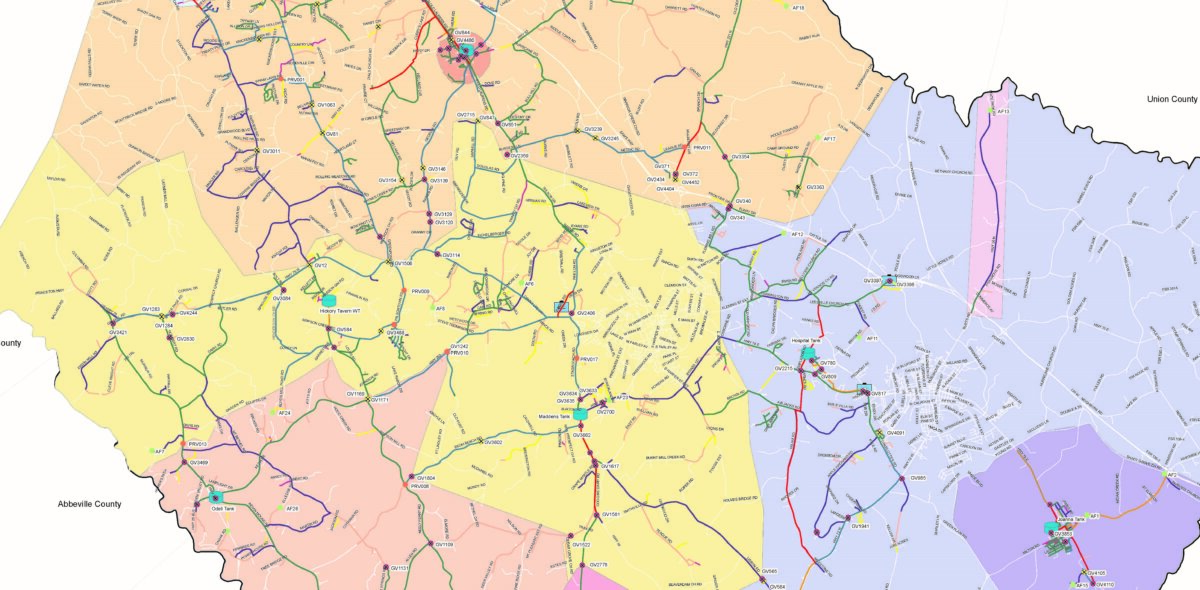Statesboro, Georgia
Statesboro Stormwater Utility and Masterplan
The Stormwater Masterplan (Phase 1) focused on conducting a drainage system GIS inventory and condition assessment, developing a maintenance work program SOP, prioritizing the capital improvement projects (CIP) list, and delineating watersheds to prioritize watersheds in most need of CIP and for future hydrologic and hydraulic modeling.
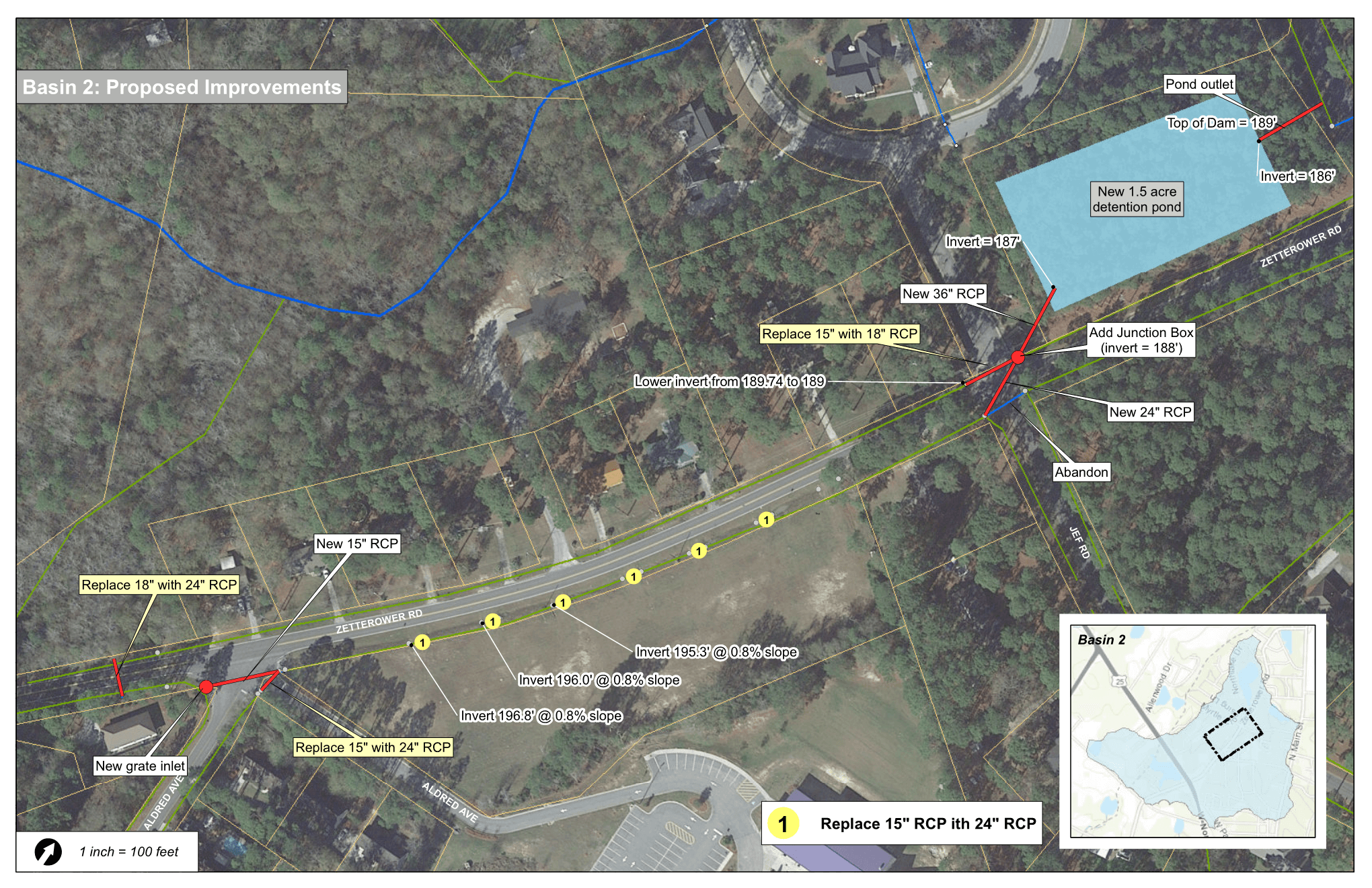
“During the initial phases of stormwater utility implementation, I was impressed with the well-organized approach that you (GMC) deployed with regard to project execution. The City staff was kept well-informed through frequent communication, and we appreciated that you and your key staff were present at all stakeholder committee and City Council meetings. In addition to the technical knowledge that you demonstrated, The City staff and City Council were very impressed with the proficiency in which you facilitated and conducted meetings with our citizens and future customers.”
– Marcos Trejo Jr., Stormwater Utility Manager, City of Statesboro
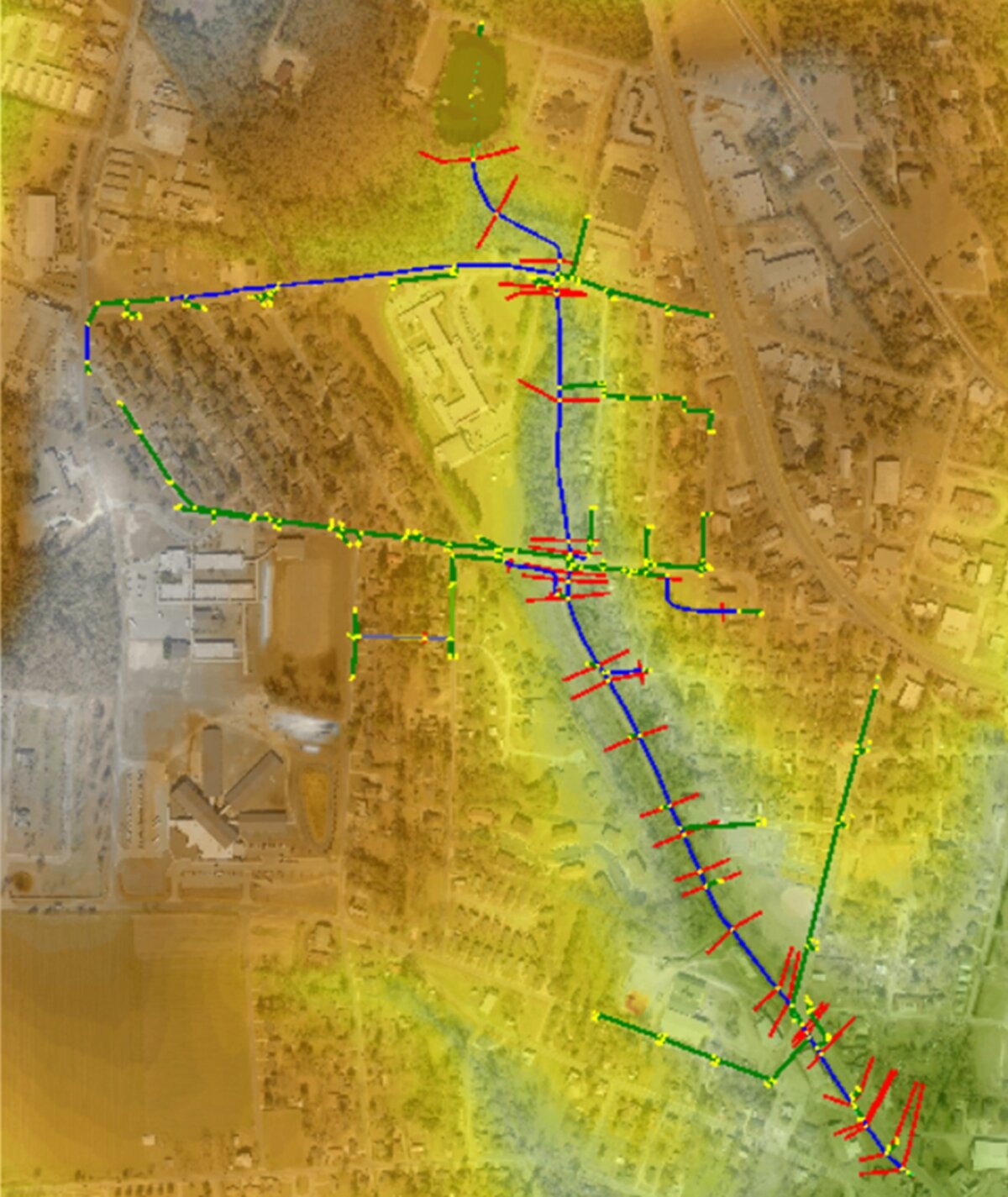
Upon completion of the Citywide Masterplan, GMC performed an H&H model of the two highest priority basins identified. These basins, MLK West (Phase 2) and Lake Sal (Phase 3), included 845 total acres in the Little Lotts Creek watershed and Lake Sal watershed. The project team performed a survey of the closed and open drainage conveyance with survey-grade accuracy in order to develop a H&H model of the system(s). The conditions of the existing drainage system were modeled for the 1-year to 100-year, 24-hour design events to identify areas with drainage deficiencies, and conceptual designs were developed to address these.
Lastly, a preliminary stream assessment (Phase 4) was conducted to identify key areas with erosion issues and develop CIP project sheets with cost estimates to repair. A total of 7 new stream CIPs were added or updated to the City’s drainage CIP list. GMC then worked with the City to write a Summary of Nine Elements watershed-based plan, in order to be eligible to apply for Section 319(h) grant funds to address erosion, and the grant application itself (Phase 5). The design efforts of a demonstration stream restoration project and green infrastructure practices will begin in 2023.


